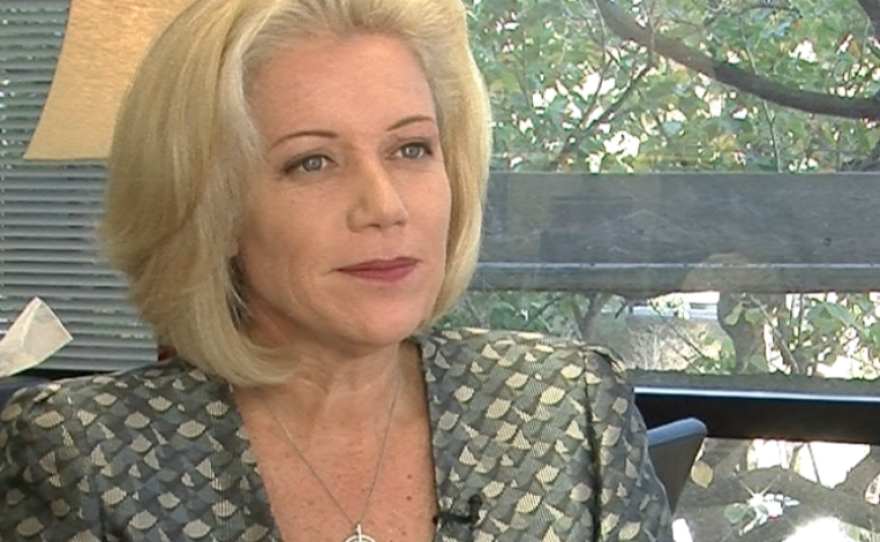San Diego Hospice, the state’s largest hospice provider, says it's so broke it can’t buy basic medical equipment and won’t be able to make payroll next week without an immediate $2 million loan.
William Parker, the chief operating officer of San Diego Hospice, emphasized the seriousness of the financial situation to the bankruptcy court on Monday, saying he was worried about the 401 dying patients still in care.
“The bottom line is that without funds to pay for medical supplies, equipment and payroll, the patient will have less than quality care,” he said in a declaration.
Parker listed oxygen tents, catheters, even bedpans as examples of medical goods the organization needs to purchase in order to provide care for its terminal patients.
Scripps Health, which recently bid $10.7 million for San Diego Hospice’s facilities in Hillcrest, has offered the organization a $5 million loan. Scripps entered the hospice arena in early February and has also offered to transfer patients into their care.
San Diego Hospice needs the money to pay vendors, reduce its staff by 240, and make the March 8 payroll.
In his statements to the bankruptcy court, Parker described the end of life experience as “irreversible by its very nature.”
He said if the organization does not get the money it’s requesting, the operation will suffer and could damage “a patient’s or loved one’s dying experience.”
San Diego Hospice, once a leader in the field, filed for bankruptcy protection earlier this month and then announced it’s closing. These dramatic actions come in the wake of a federal audit looking into whether all patients were actually eligible for hospice - specialized care for terminally ill patients with six months or less to live.
Medicare, which pays for most hospice care in the country, has been investigating San Diego Hospice for two years. In October, Medicare stopped paying hospice for two weeks, which started the critical financial decline, according to court papers. That reimbursement gap and the audit caused San Diego Hospice to cut its patient census in half and lay off nearly 300 employees. The business is reportedly operating at a $19 million loss.
Earlier this month, SD Hospice CEO and President Kathleen Pacurar told KPBS “the lack of interactions and information (from Medicare) has truly caused us to be in the situation we're facing today.”
Medicare won’t comment on on-going investigations or audits, however Jack Cheevers, a spokesman for the Centers for Medicare and Medicaid Services, wrote in an email to KPBS: “Medicare doesn't have the statutory authority to close a hospice, or any other kind of healthcare facility.
“The hospice's managers -- who publicly conceded that they violated Medicare patient guidelines - made the choice to close their doors. Medicare did not request or require this closure.”
The KPBS and inewsource Investigations Desk began a series on end-of-life care earlier this month, focusing on the fact that more and more people -- in San Diego and beyond -- are rejecting conventional “curative” care for hospice care, which offers pain management and comfort.
The report documented that in 2010, of all the people who died and received Medicare benefits, 44 percent chose hospice, double the number in the past decade. But while the number of hospice patients doubled, the cost quadrupled. That divergence has led the federal government to increase scrutiny of hospice providers -- most notably San Diego Hospice -- by questioning the eligibility of those accepted into care.






